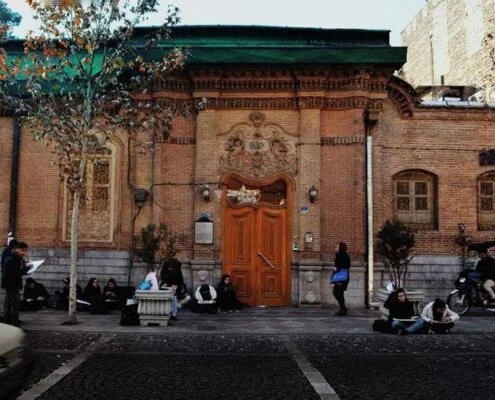Standing on the sidewalk of one of Tehran’s oldest streets, I couldn’t help but wonder how many people had stood in the same spot before me, amazed by the coexistence of these historic buildings and the diverse community living side by side for generations.
Here I am, at the corner of the Tehran Religions Crossroad, with a Zoroastrian Fire Temple in front of me and one of Iran’s renowned Christian Churches behind me. I’m aware that a synagogue is just a few meters away, while down the intersection lie some of Tehran’s oldest mosques and religious schools. Here’s my account of experiencing the religious sites tour in Tehran with Visit Our Iran.
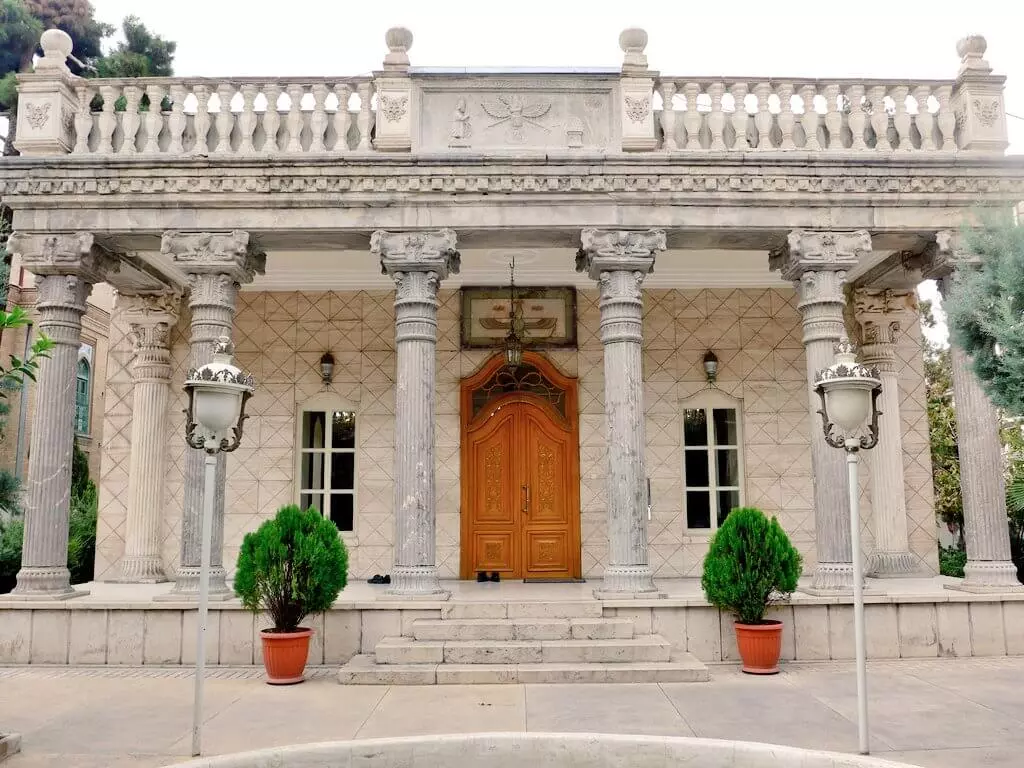
As I take it all in, I can’t help but think, “This couldn’t get any more fascinating.” Yet, throughout my one-day journey in the Religions Crossroad of Tehran, I am continuously amazed. In this enchanting place, I have the opportunity to witness the lives and coexistence of people from different religious backgrounds within one neighborhood.
First Stop: Adrian Zoroastrian Temple
Stepping through the intricately carved wooden door of the Fire Temple, a rush of joy and excitement flows through me. It feels as though I’m traversing the thresholds of time into another era when Iranians were the world’s first monotheistic people, devout followers of Zoroastrianism.
Contrary to common misconception, Zoroastrians do not worship fire; rather, fire symbolizes the essence of human life in this world, providing light, warmth, and eternal aspiration. The temple’s architecture draws inspiration from Persepolis (Takht-e-Jamshid), with a breathtaking Persian garden welcoming visitors and a stunning building capturing my attention.
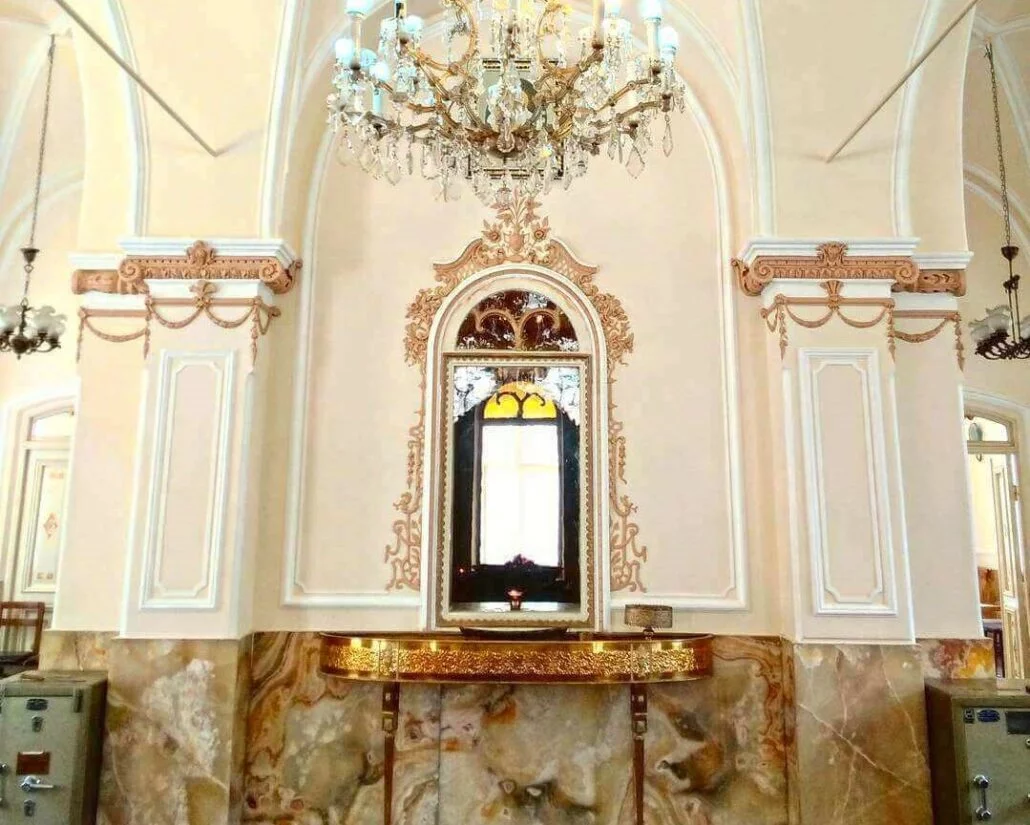
As a guide introduces the temple and its religious significance, I’m granted a glimpse of the holy fire through a window. The guide explains that the fire was brought to Tehran from a temple in Yazd over a century ago when the Tehran temple was constructed. Fascinatingly, the original fire in the Yazd temple has been continuously burning for two thousand years since the time of the Sassanid Empire, with all Zoroastrian temple fires worldwide being kindled from this source.
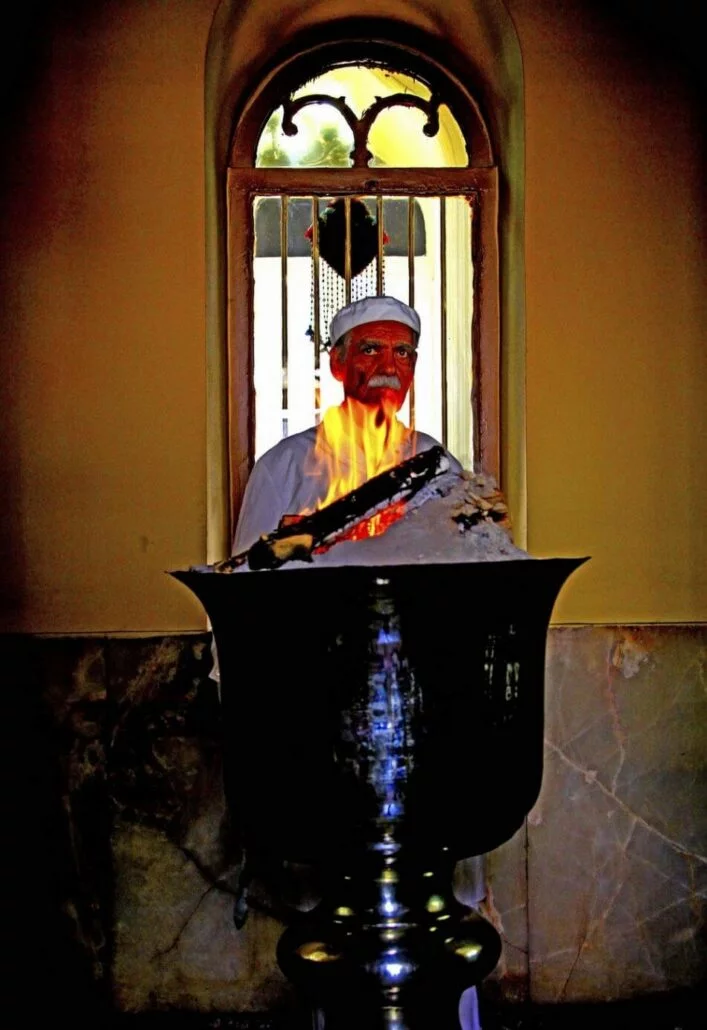
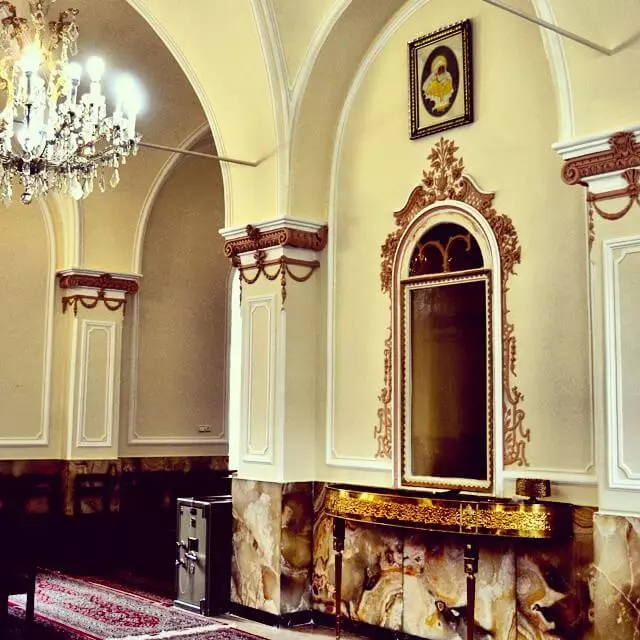
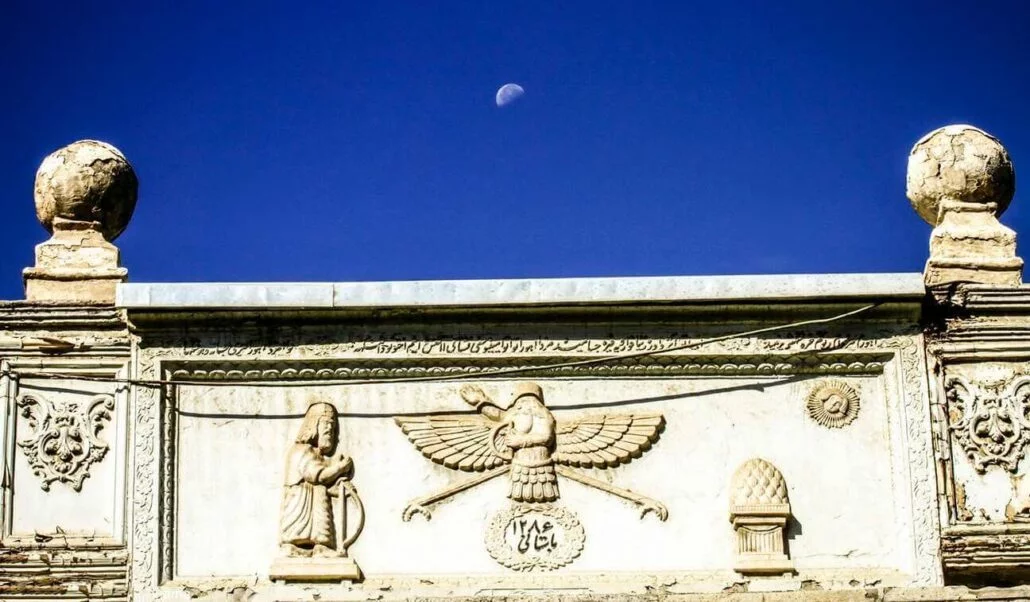
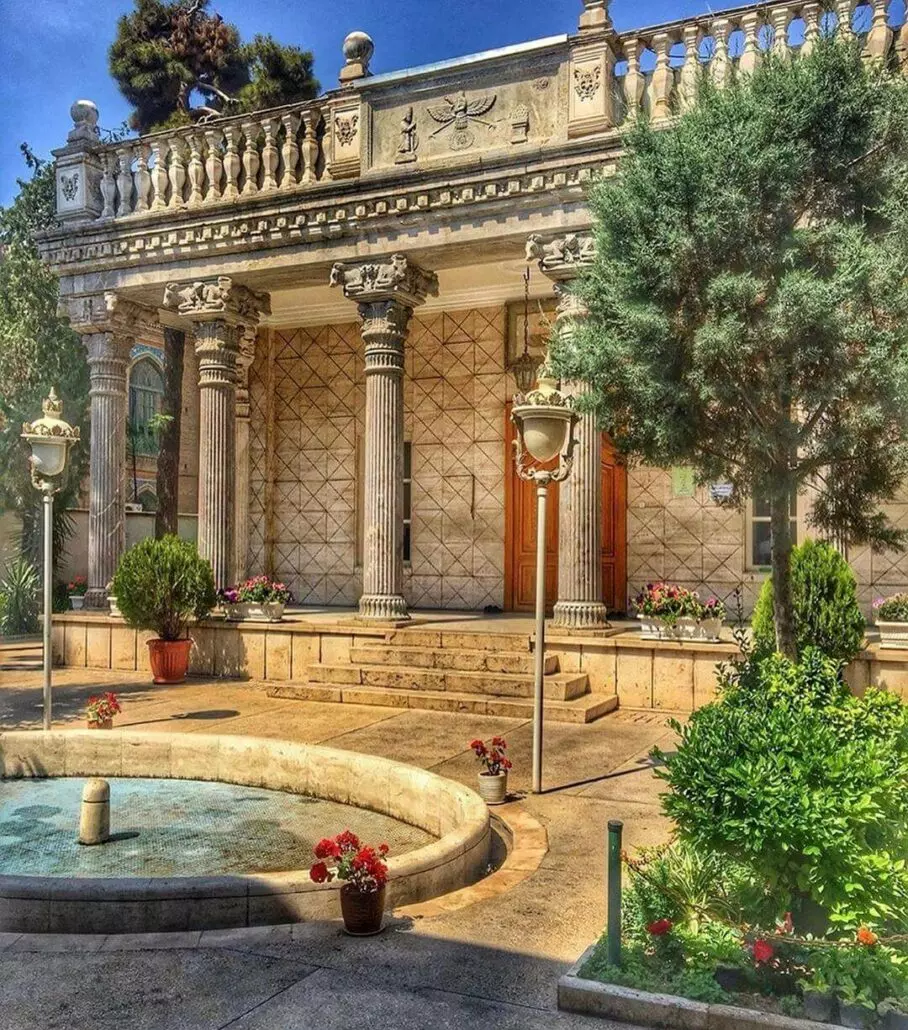
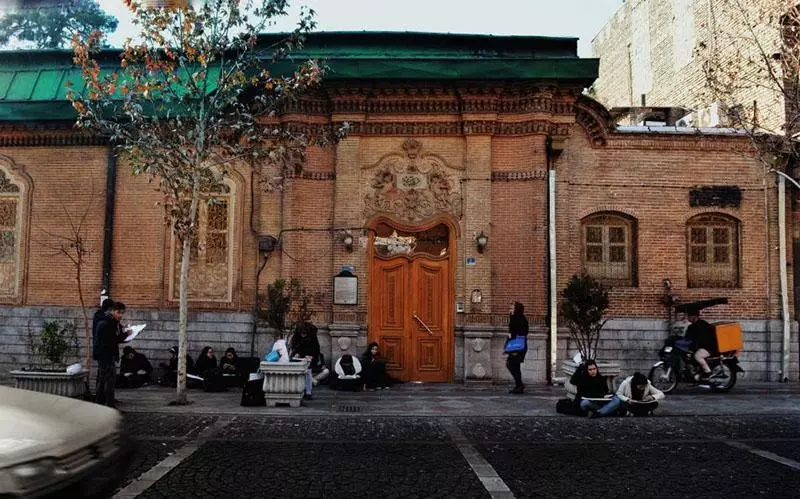
Zoroastrian beliefs, summarized as “good speech, good deeds, and good thoughts,” epitomize the ancient Iranians’ commitment to sincerity and honesty in their thoughts, words, and actions. This ethos has guided them through a rich historical tapestry spanning over two and a half millennia.
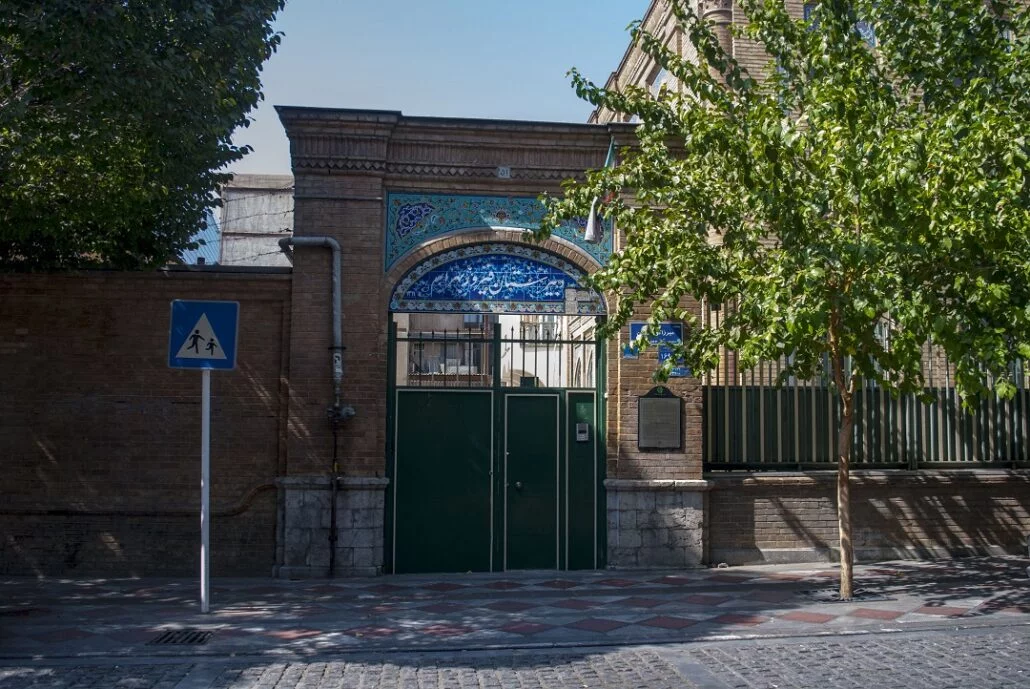
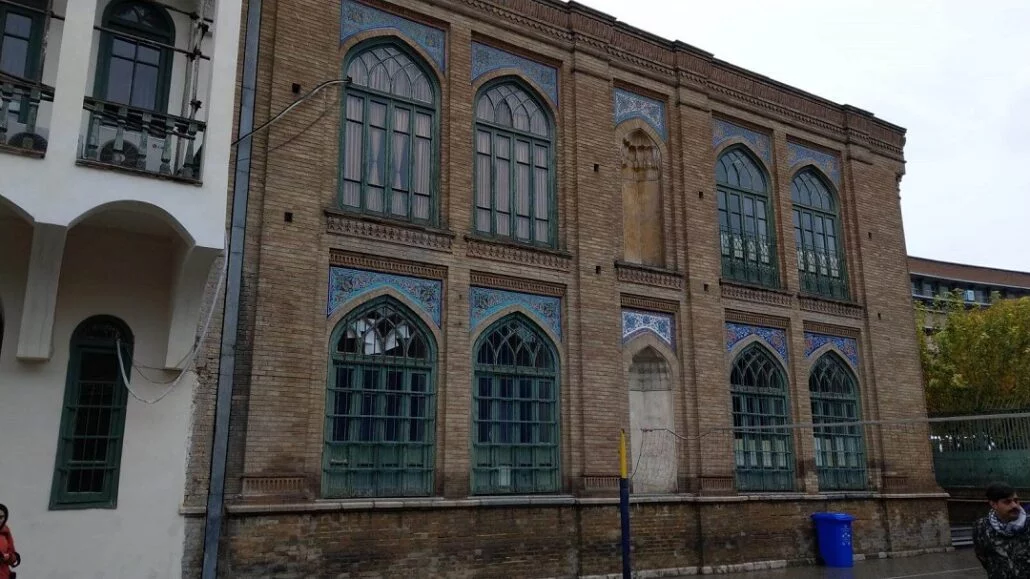
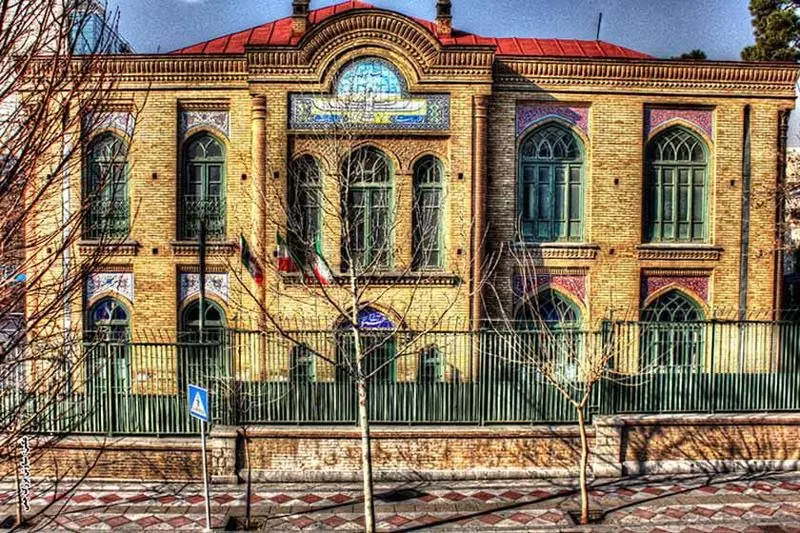
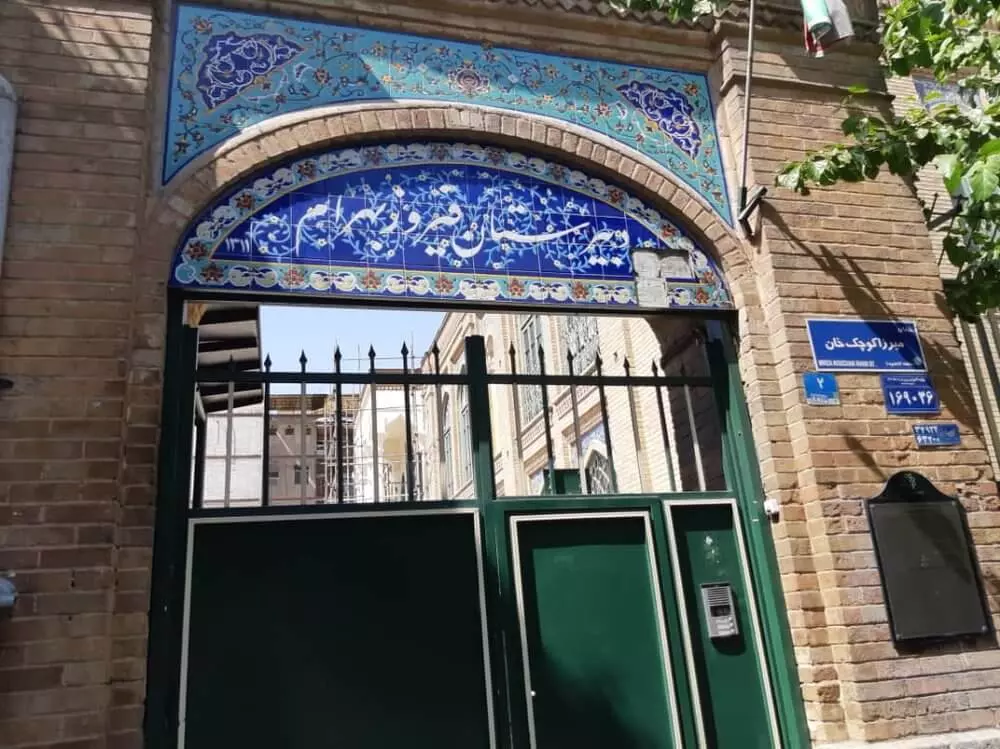
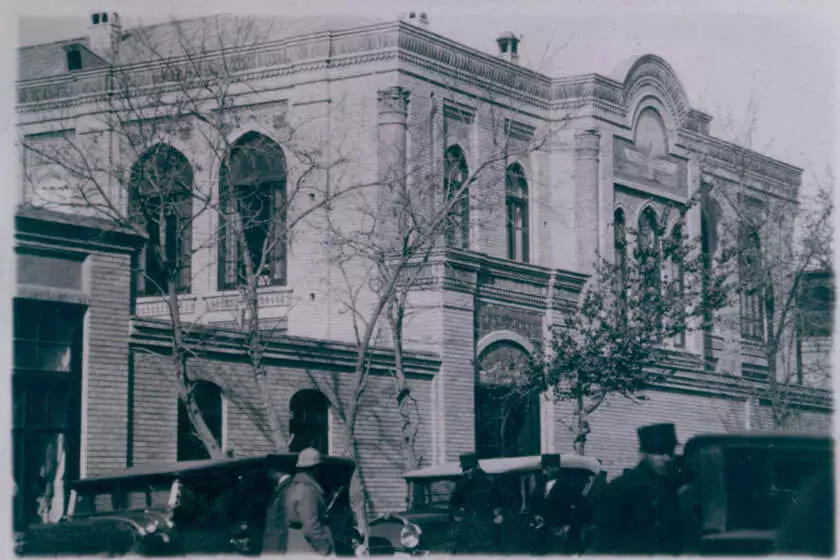
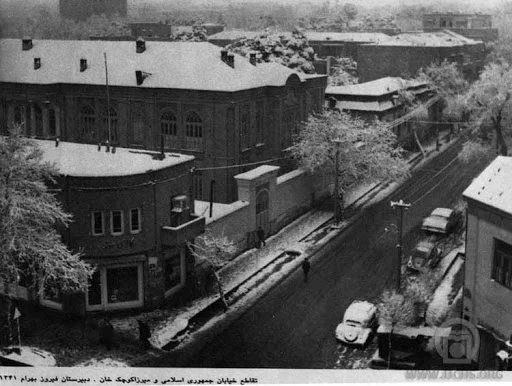
Adjacent to the Fire Temple stands Firouz Bahram High School, one of Tehran’s oldest educational institutions, originally established to educate Zoroastrian children. Named after a Zoroastrian man’s deceased son, Bahram, this magnificent building houses numerous halls that once hosted various rituals and gatherings.
Join us for an adventure at Tehran’s Religions Crossroad and listen to the dialogue among these neighboring religions in the heart of the city.
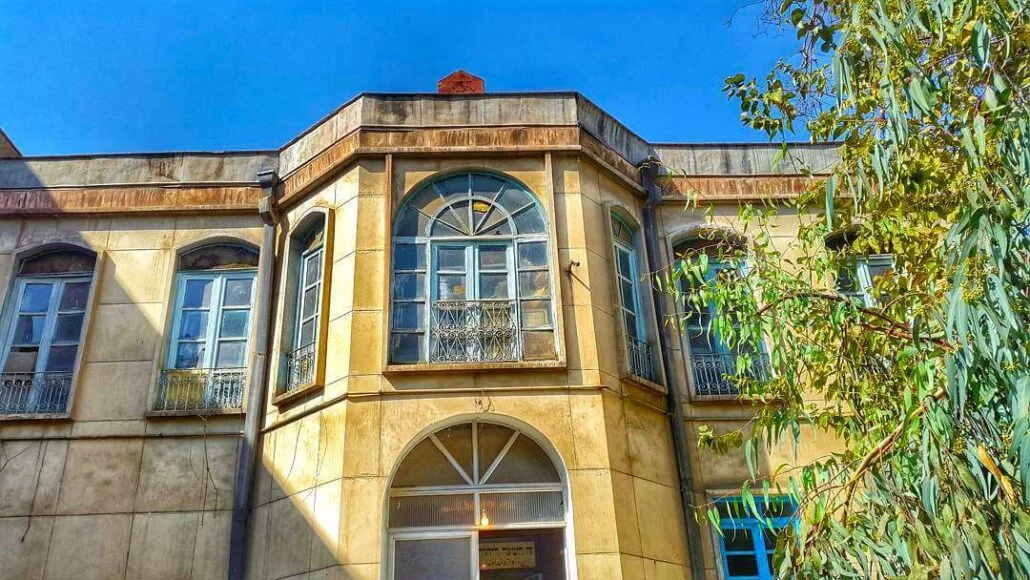
Second Stop: Haim Synagogue
Reflecting on the history of the Persian nation, once rulers of the largest empire on earth, I step into the Haim Synagogue. Here, it’s not just religion but also history that greets me.
Constructed in 1913 by the Iranian Jewish scholar Solayman Haim in the wake of the Iranian Constitutional Revolution, the Haim Synagogue has a rich history intertwined with the Jewish community’s presence in Iran. As we learn from a Jewish man at the synagogue, the neighborhood saw an influx of Jewish families, particularly during World War II when Polish Jewish refugees sought shelter in Iran.
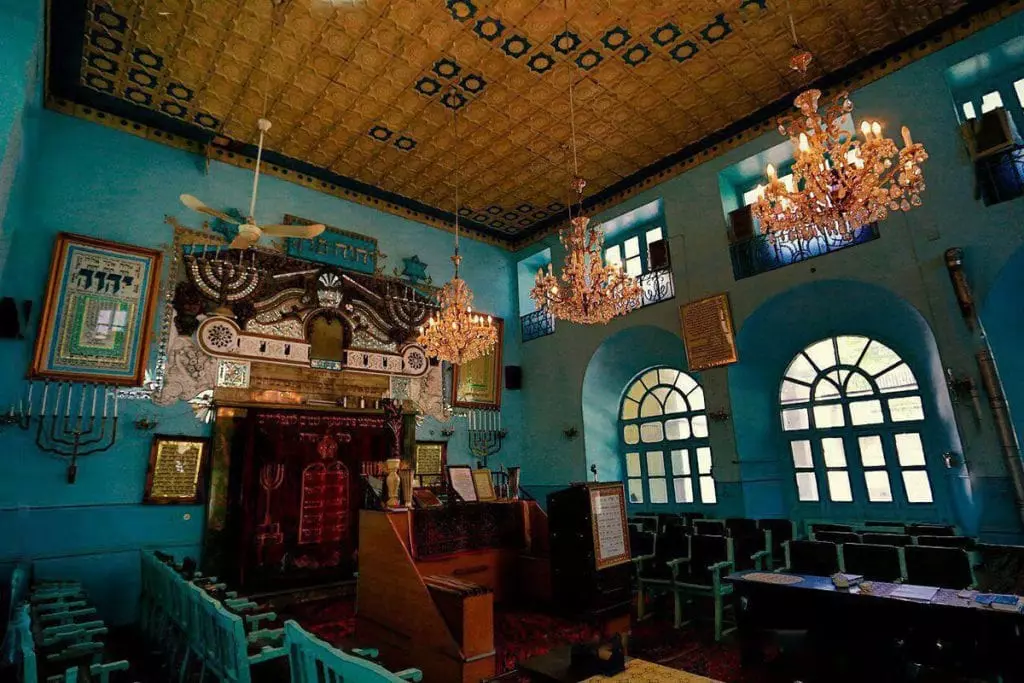
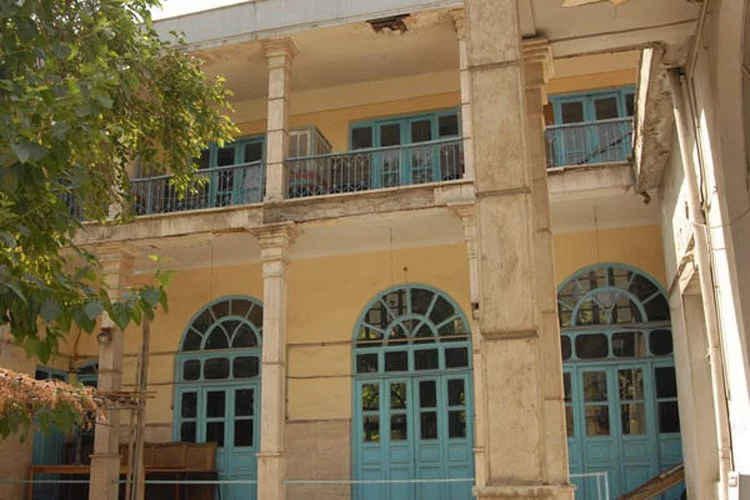
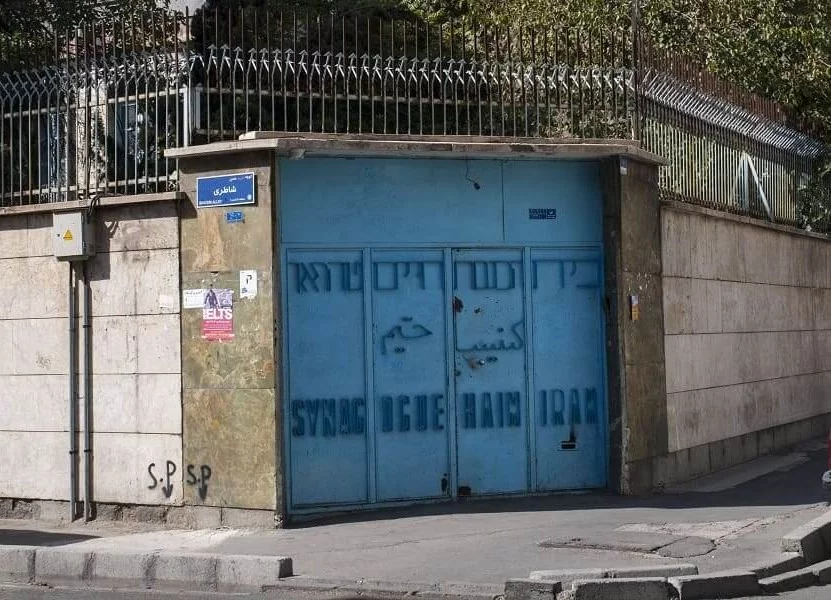
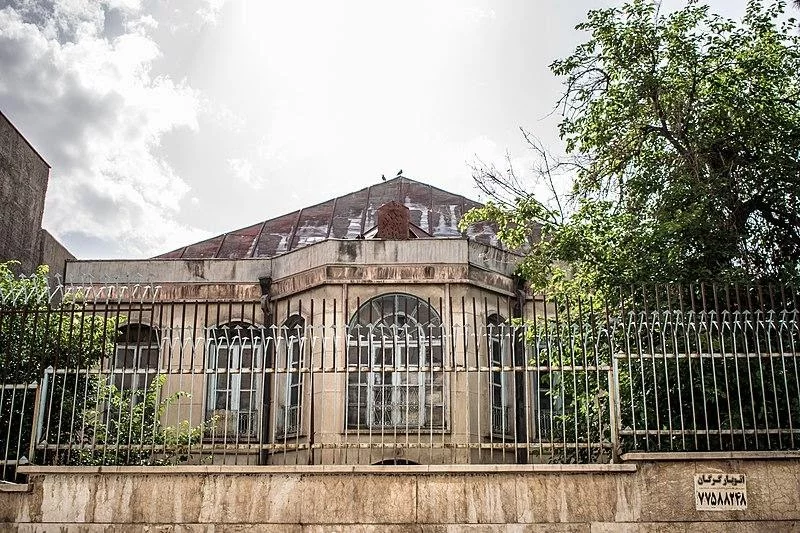
Yet, the Jewish community’s connection with Iran predates the World War II. Dating back to the time of Cyrus the Great, the Iranian Achaemenian King who freed the Jews in Babylon, Iran has been a welcoming home for the Jewish people. Many Jews chose to settle in Iran rather than return to their homeland, establishing a long-standing presence in the country.
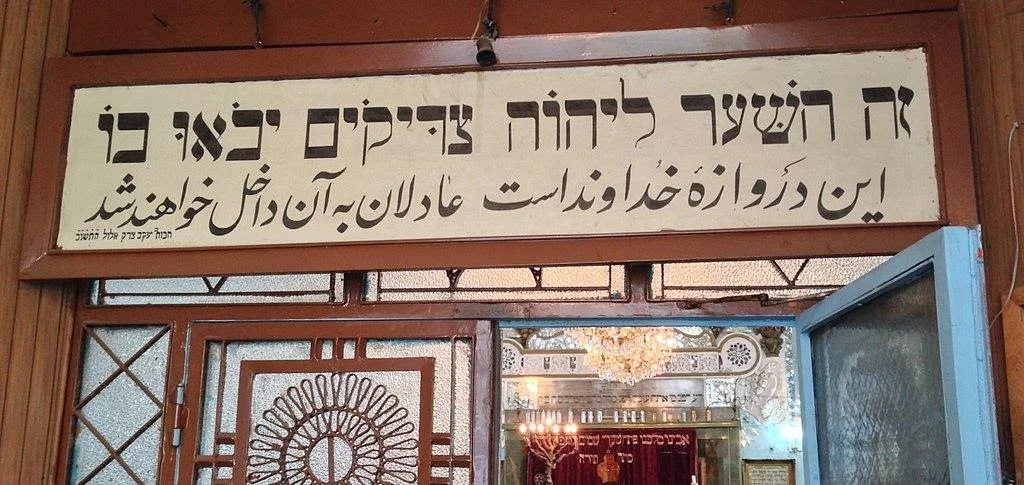
Arriving at the synagogue, we witness the conclusion of the Morning Prayer, affording us the opportunity to observe the rituals from the back of the grand hall. Following the prayers, we witness a symbolic act that exemplifies the spirit of mutual support among the Jewish community.
As one participant discusses his business and the financial assistance he requires, another steps forward to offer support, symbolically holding a bag of coins. This ritual serves as a poignant reminder of the resilience and unity of the Jewish community despite the challenges they have faced throughout history, living across various countries worldwide.
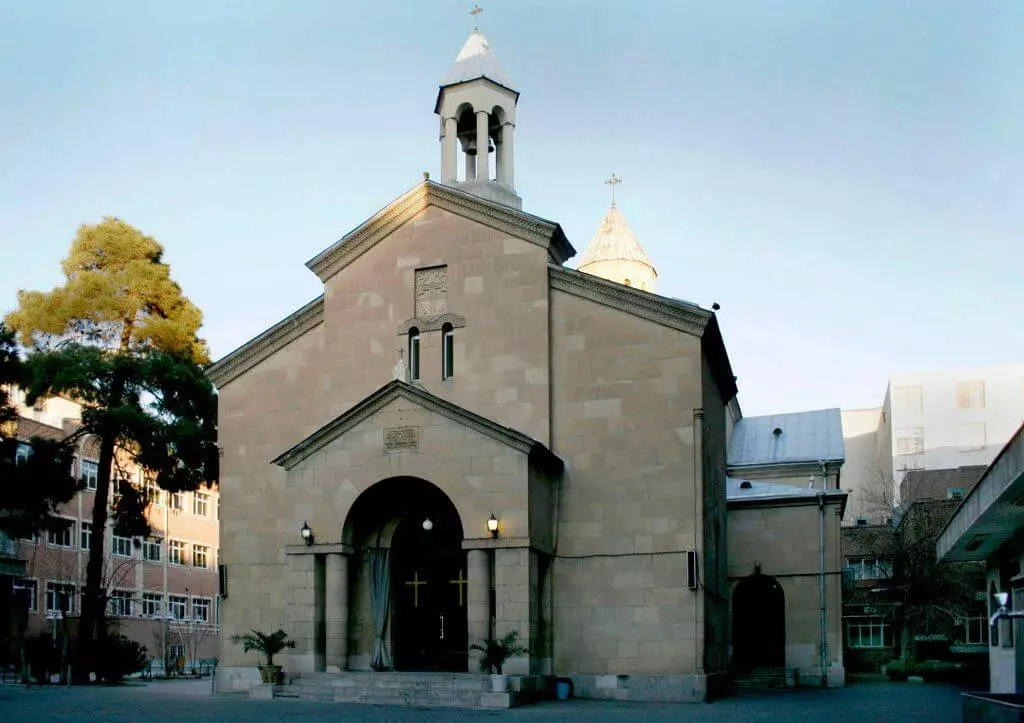
Third Stop: Saint Mary Church of Tehran
Hosting the office and residence of the Armenian Archbishop from 1945 to 1970, the Saint Mary Church, also known as the Holy Mother of God Church, stands as the first Armenian Cathedral constructed in Tehran. It remains one of the most significant and revered churches for Iranian Armenians.
Armenians, along with other Christian sects such as Protestants, Catholics, and Assyrians, have resided in Iran for centuries. As we step inside, a bishop of the church warmly welcomes us to the garden and then into the church, providing insights into its architecture, history, customs, and beliefs.
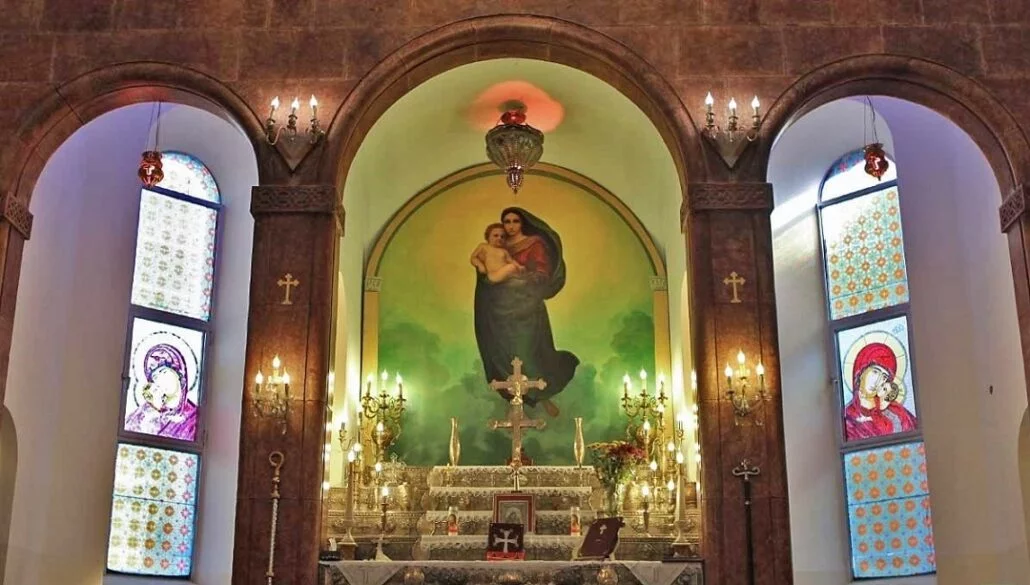
He explains that from the time of Jesus Christ until the Roman Empire embraced Christianity, Iran served as a sanctuary for Christians seeking to practice their faith freely. Over three hundred years, churches were constructed, and followers gained in Iran, with many choosing to remain even after Christianity was adopted by the Roman Empire. Furthermore, during and after the Armenian Genocide in the Ottoman Empire in 1912, many Armenians sought refuge in Iran.
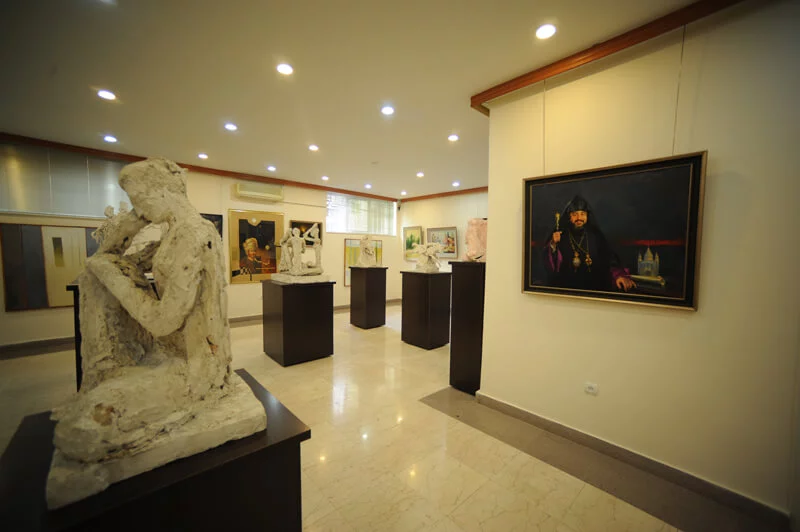
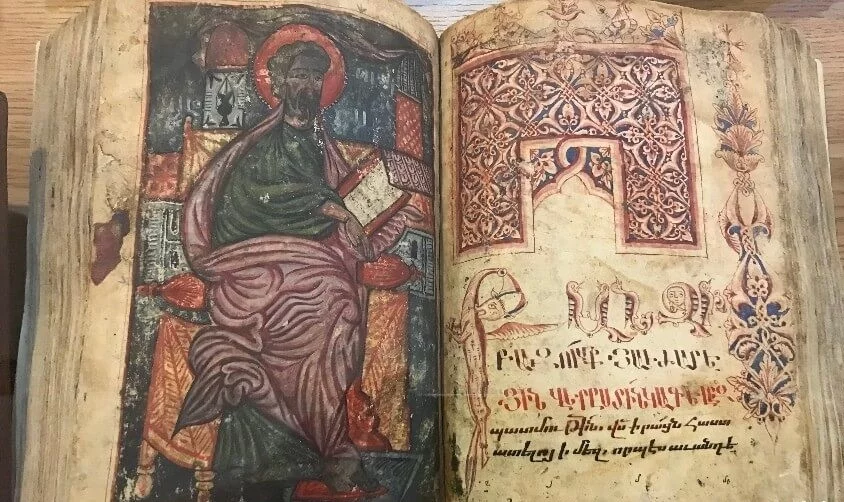
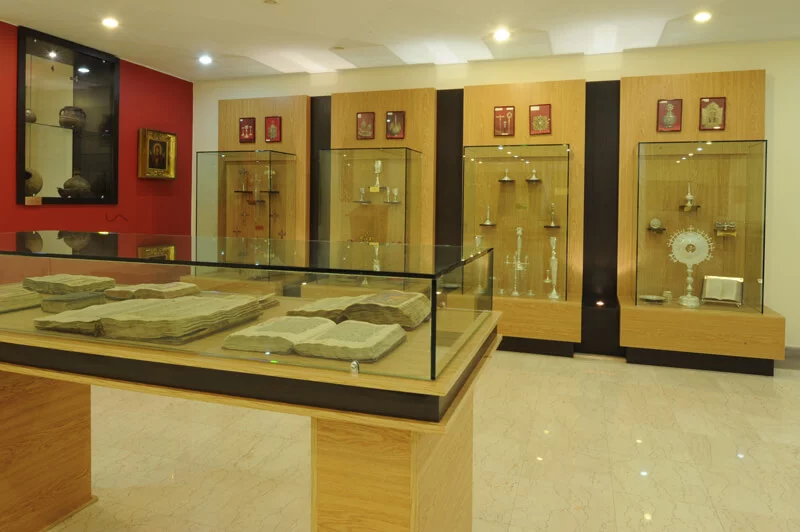
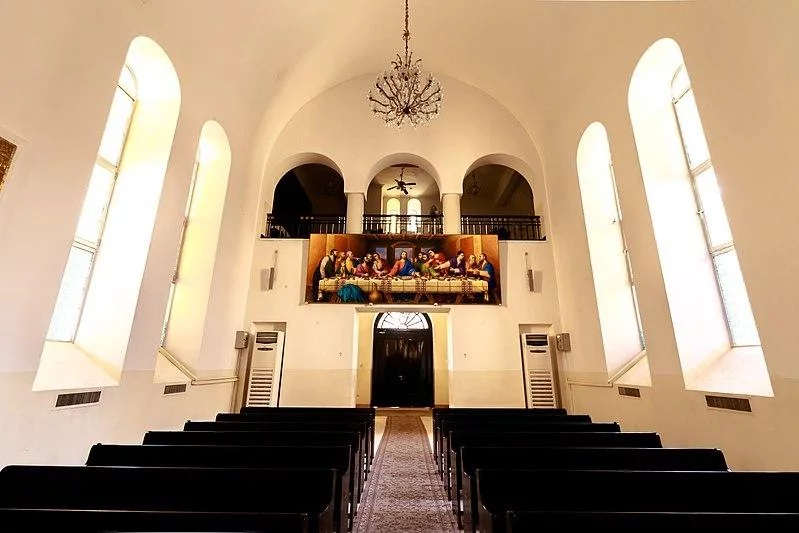
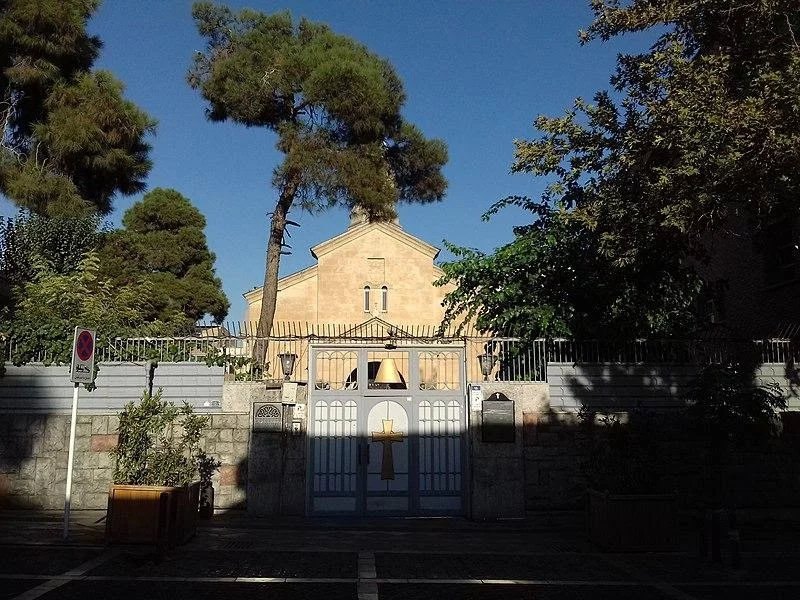
Adjacent to the Saint Mary Church is the Museum of Ardak Manookian, housing numerous Bibles, silverwork, and various handicrafts representing Iran’s Christian communities. This fascinating museum offers insights into the history of different Christian sects in Iran.
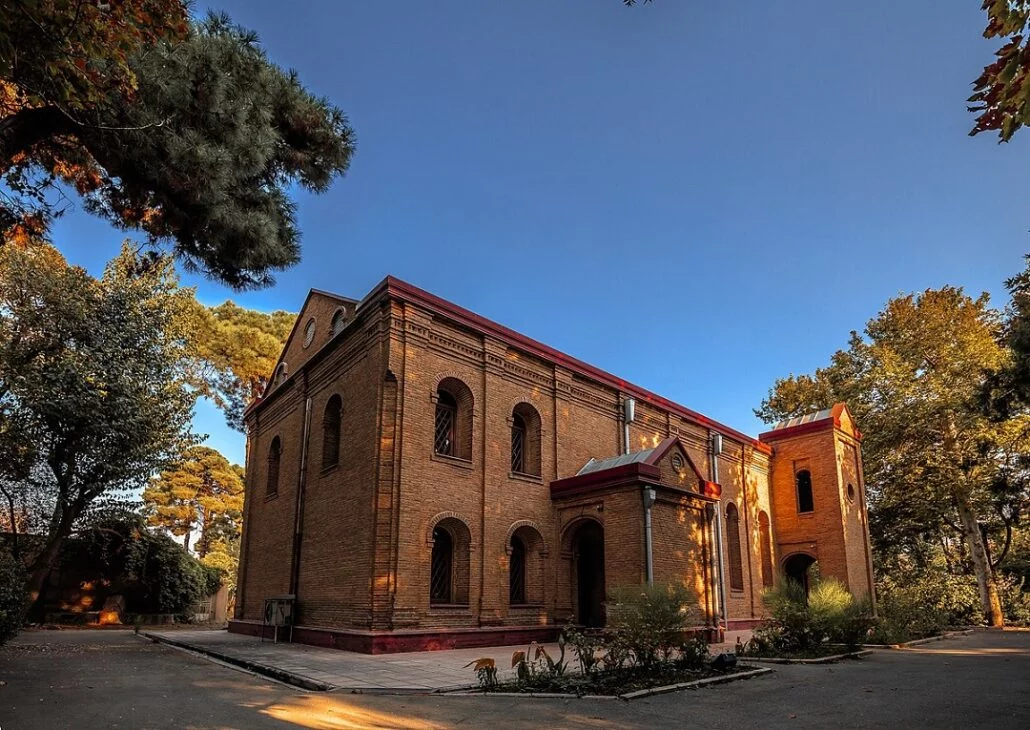
However, Saint Mary Church is not the only church in Tehran’s Religions Crossroad. Saint Peter Evangelical Church of Tehran, constructed in 1891 by Protestant missionaries residing in the area, continues to serve as a place of worship for Iranian Christians.
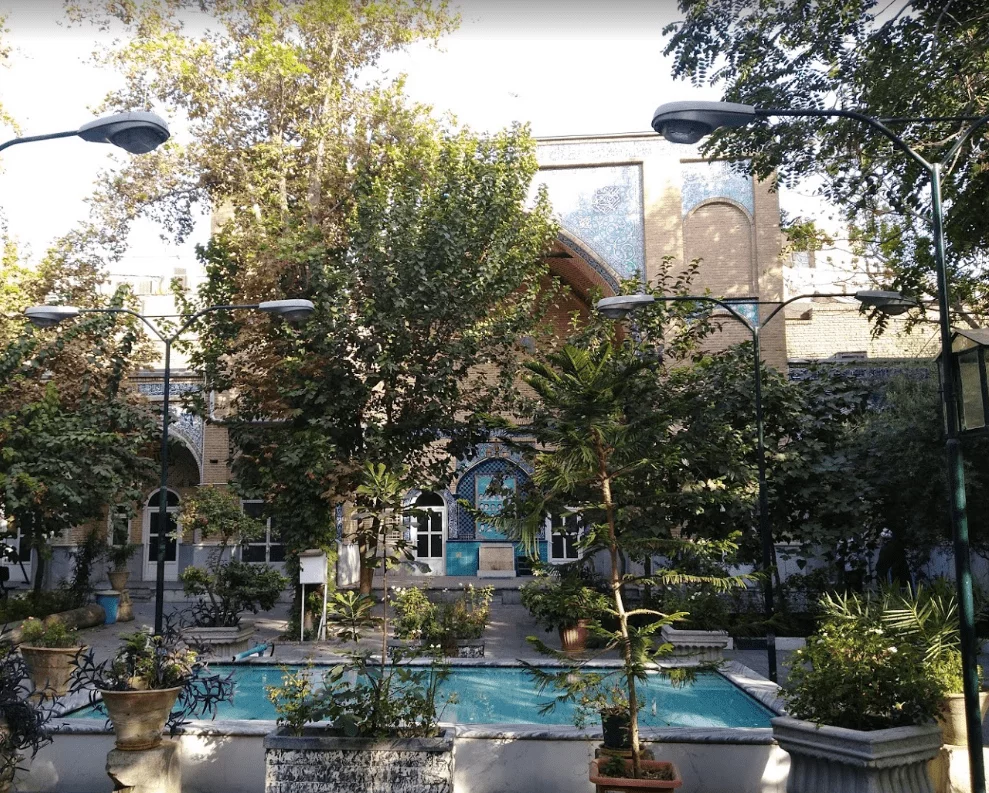
Fourth Stop: Majd Al-Dowla Mosque
Aware of the historical tradition of constructing religious schools alongside mosques to train future clergymen, I venture into the magnificent Majd Al-Dowla Mosque in Tehran, just a short stroll from the churches I visited earlier with my companions. Upon entering, we are warmly greeted, and as we remove our shoes, I find myself captivated by the exquisite tilework adorning the walls.
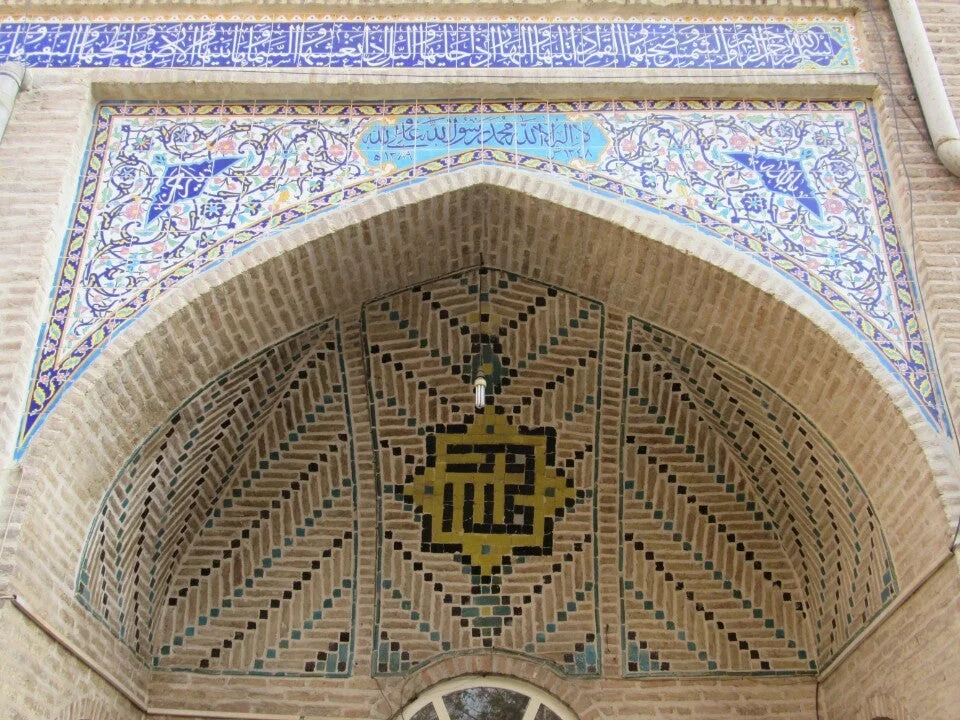
A religious guide welcomes us, recounting the mosque’s history dating back to the early 19th century when it was commissioned by a generous individual named Majd Al-Dowla, from whom the mosque derives its name. Adjacent to the mosque, the guide informs us, is a religious school that has been educating individuals in Islam for nearly two centuries. It’s a tradition observed in many of Iran’s historic mosques.
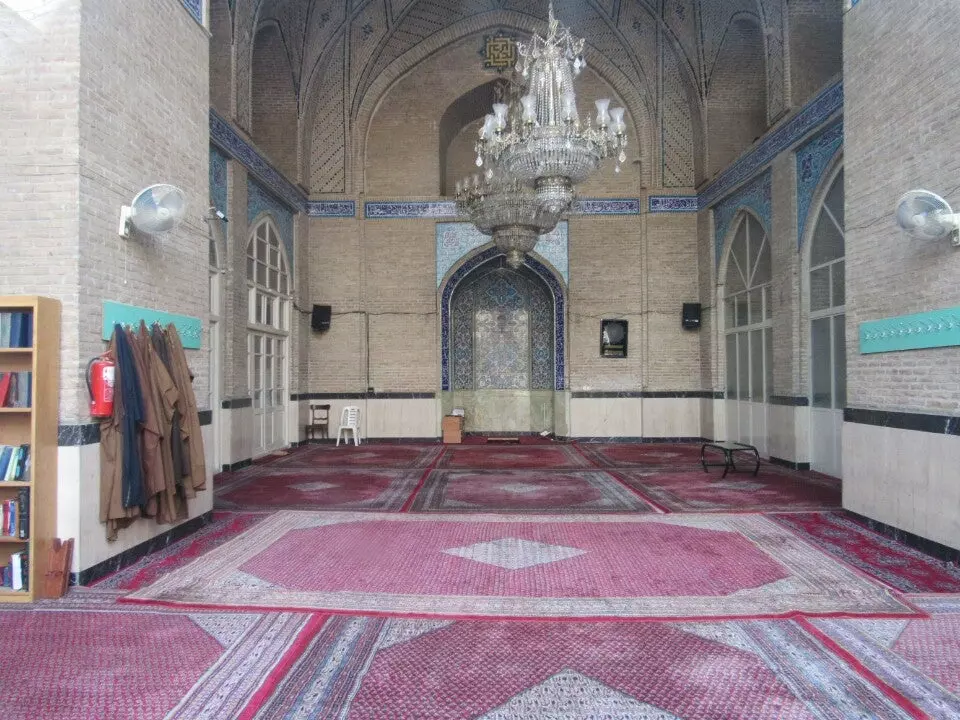
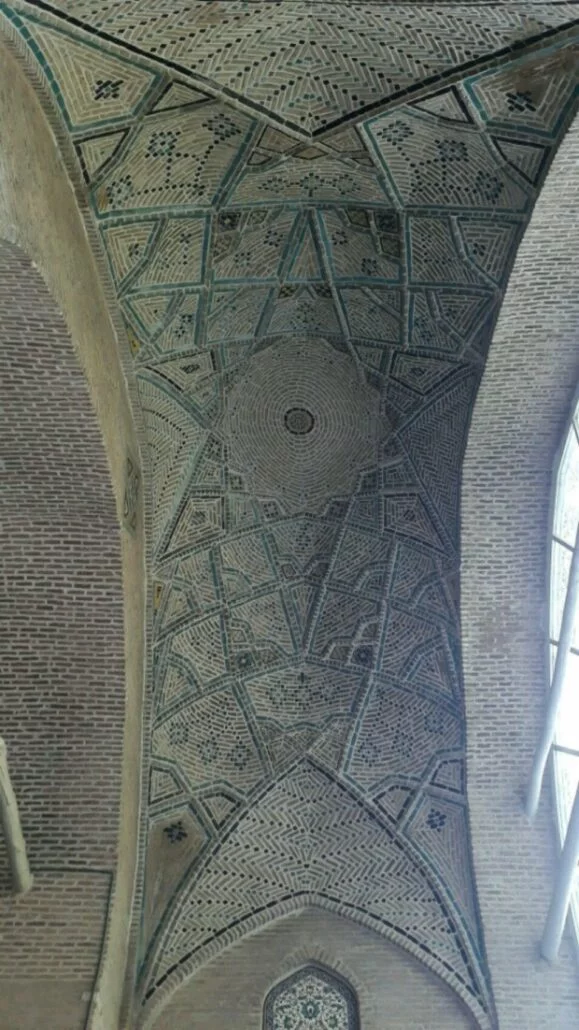
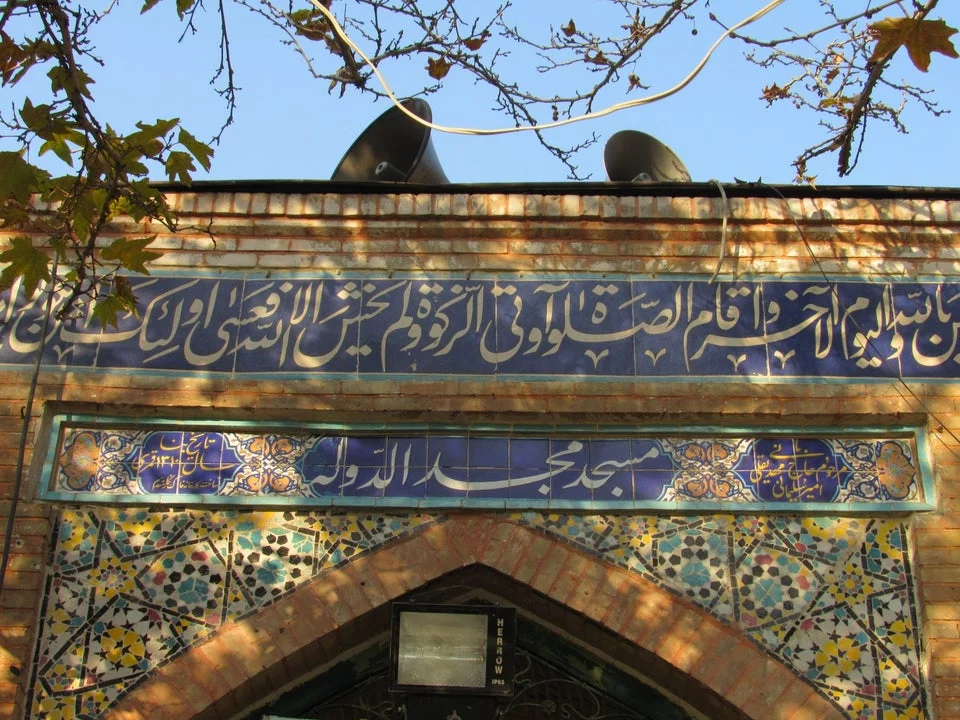
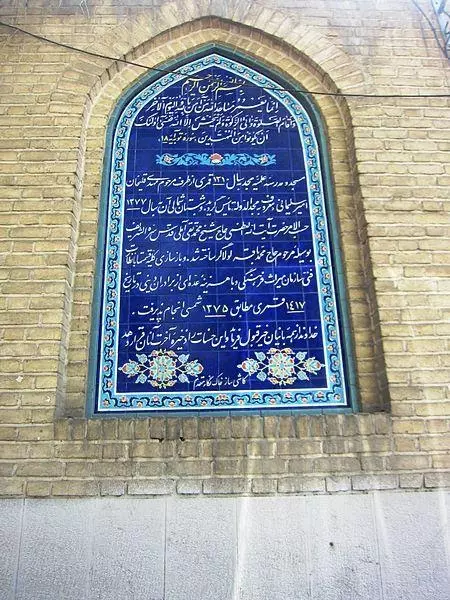
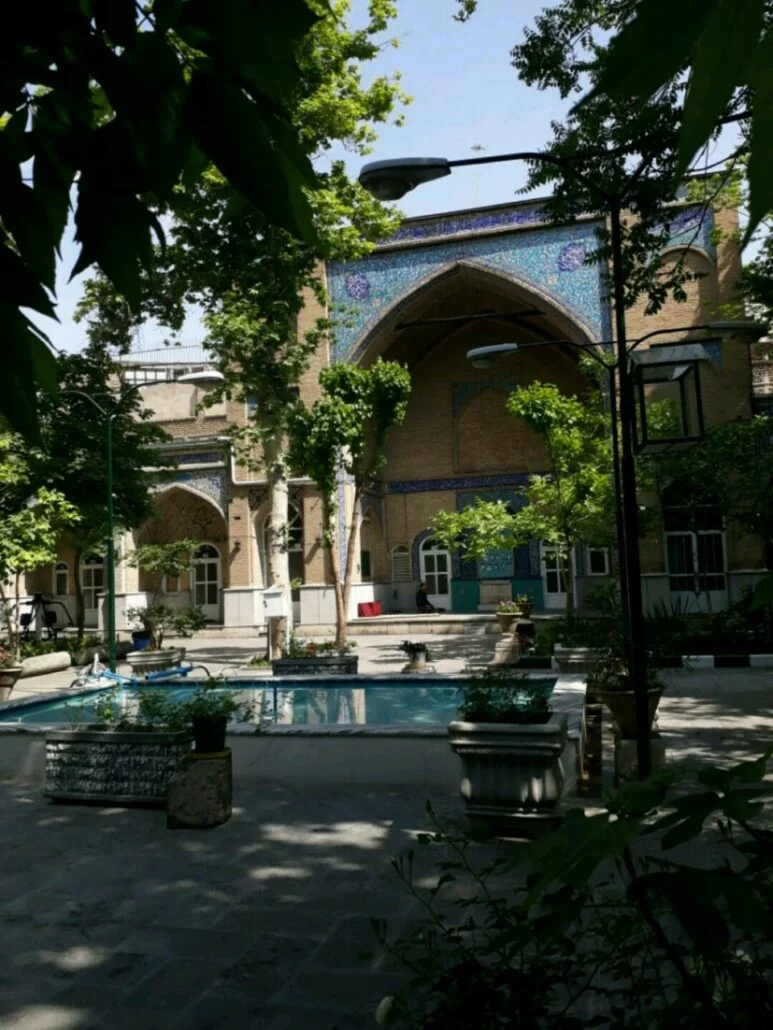
Throughout its two-hundred-year history, Majd Al-Dowla Mosque has served as a sanctuary, offering solace and guidance to countless individuals. It has borne witness to significant historical events, provided comfort to many, and served as a gathering place for communal prayers five times a day, every day.
Check out the ‘Ultimate Guide to Iran’s Top Religious Sites and Cities’ here!
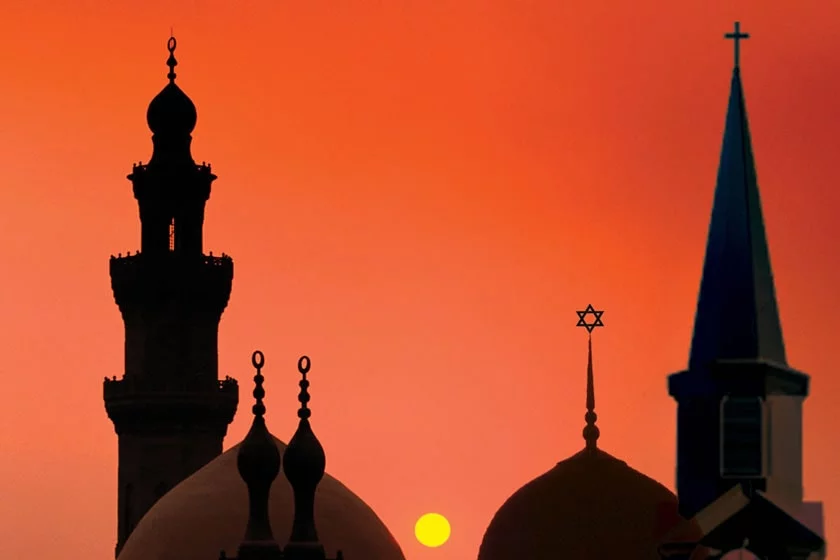
Iran: The Cradle of History and Home of Religions
Accompanying us on our one-day tour of Tehran’s Religions Crossroad are a Polish couple, visibly astonished by the sight of these religious edifices and their congregants coexisting side by side, with their sacred sites mere steps away from each other. They express their surprise, noting that while they have witnessed followers of different religions living in the same city, they had never seen such diverse religious institutions clustered together in one intersection.
This contradicts their preconceived notions about Iran’s attitude toward religious diversity, and they admit they never expected to witness such harmony in the country. Inspired by their curiosity, I share with them an anecdote about a street in Urmia, Iran, that I recently visited. There, I encountered a mosque, a church, a synagogue, and a fire temple, all located on the same street.
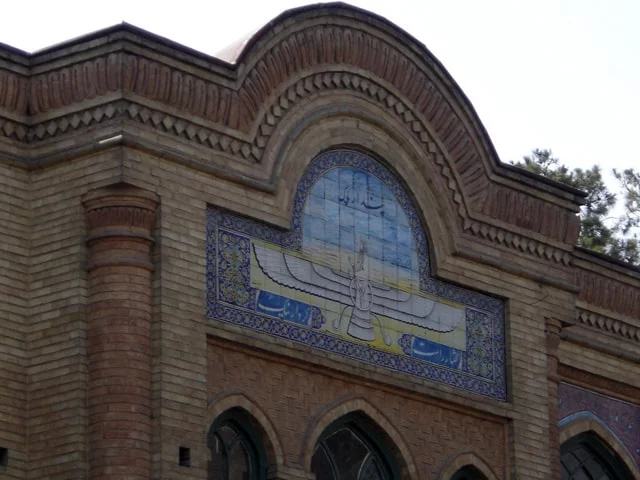
Although most of these places were closed when I arrived, a local informed me that a woman named Iran Khanoom was responsible for maintaining these holy sites. This revelation led me to realize that as long as Lady Iran holds the keys, these diverse religious institutions can coexist peacefully alongside each other, a poignant metaphor that deeply resonated with me.
The woman nods in agreement, recounting a conversation she had with a bishop at a church who shared a profound insight. The bishop referenced the words inscribed on the wall of the Fire Temple across the street, emphasizing the importance of embodying principles of “good speech, good deeds, and good notion” in one’s life. These simple yet powerful words serve as a universal guide for people of all faiths.
